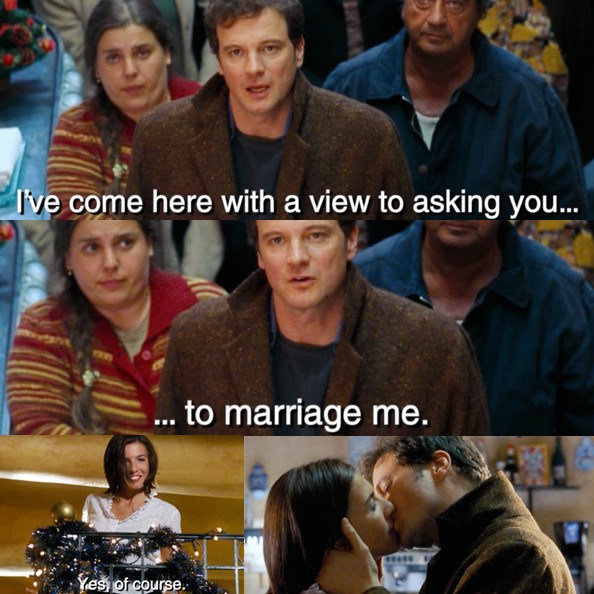
We’ve all been sold a certain rom-com version of the engagement scene. You know the one. A beautiful young heroine is caught off guard when her love interest takes to his knees and presents, you guessed it, the perfect ring! How did he know? Well, he simply intuited her ring size and her penchant for emerald-cut diamonds or a pave band, of course. She can never believe how right he got it. And, really, neither can we. Not only is the whole set-up outdated, but it tends to undermine the time, thought, and care that should go into the process of buying an engagement ring. While brides like entrepreneur and influencer Julia Berolzheimer—who married more than a decade ago—may find themselves embracing the trend of resetting their engagement ring as their tastes evolve, recent brides like Vanessa Hudgens are speaking out about taking more agency in the process from the get-go. ‘“I definitely dropped hints about my ring,”’ Vanessa recently told Vogue.com. “I was like, ‘I want a gold band with an oval diamond.’ Everyone who knows me knew what I wanted. So I told him that, and he took it a step further and made it even more beautiful than I thought.” It’s also important to note that having a heavy hand in the choosing of the ring does not mean the proposal itself can’t be a surprise. (In Hudgens’ case, the question caught her off guard in Paris.)
Because ambivalence is one thing when it comes to a Christmas gift from your Aunt Susan, but something else entirely when accepting a ring you will wear for the rest of your life, here are five things you can do to ensure you end up with an engagement ring as everlasting as your love.
1. Go Engagement Shopping By Yourself
Yes, you read that right. As Over The Moon Head of Brand Relations and former Vogue Jewelry Editor Grace Givens learned on a recent visit to the De Beers flagship in New York City, it is totally acceptable, even encouraged, to go engagement ring shopping by yourself or with a friend. In fact, conversing with experts like those at De Beers, is one of the best ways to learn the universal language of diamonds, or the 4cs. Trying on rings will help you determine what you like and what you don’t, which brings us to our next point.
2. Know What You Like, And What You Don’t
When it comes to making a decision about your engagement ring, knowledge is power. It’s important to understand what you like and what you absolutely don’t—and to communicate those things to your partner. Maybe you’re adamant about a certain cut but open to different settings, or you could never see yourself wearing white gold. These are things you should know going in.
3. Be Sure To Talk Budget
Conversations about money are never entirely comfortable, but it’s important to make sure you and your partner are on the same page regarding budget. It’s a great way to manage expectations on both sides. If you would feel uncomfortable wearing a ring that cost above a certain threshold, or would simply rather save that money for other things down the road, communicate that. And if there are family jewels on either side that could be reset or made your own, that is something that should be discussed as well.
4. Drop Hints
If you want to retain some level of surprise or mystery around the whole process, designate a friend or family member to communicate your preferences to your partner. Or, drop hints yourself.
5. Be Specific
Shape and any fancy color preference is probably the most obvious thing to narrow down, but you should also think about the 4cs and how important each one is to you. It’s also helpful to be as clear and simple as possible, a la Hudgens’s “gold band with an oval diamond” directive. The most important thing throughout the process is to communicate—a practice that will ensure a ring and a relationship that lasts.












